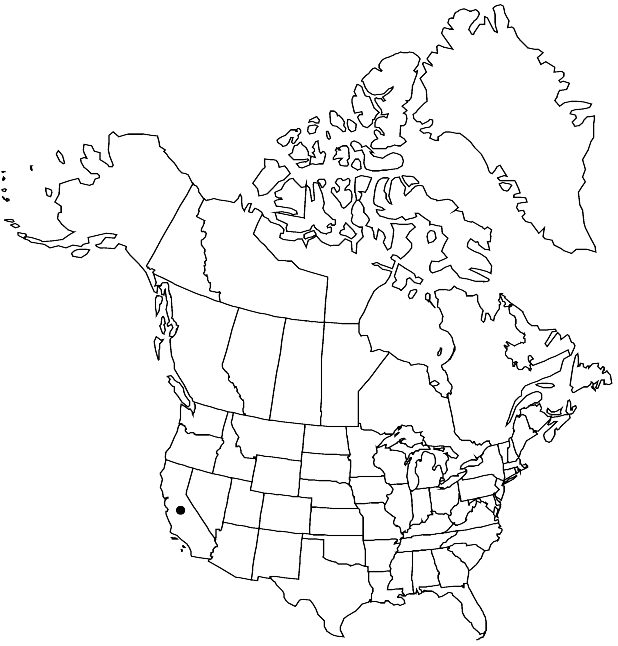Erysimum ammophilum
Muhlenbergia 1: 51. 1904.
Biennials or perennials; (short-lived). Trichomes of leaves 2–4 (–7) -rayed. Stems erect, unbranched or branched distally, 0.4–9 (–13) dm. Basal leaves: blade (somewhat fleshy), linear-oblanceolate, 3.5–15.5 cm × 2–9 mm, base attenuate, margins entire or obscurely dentate, apex acute. Cauline leaves: blade (oblanceolate), margins entire. Racemes considerably elongated in fruit. Fruiting pedicels divaricate to divaricate-ascending, stout, slightly narrower than fruit, 4–10 (–13) mm. Flowers: sepals oblong to linear-oblong, 7.5–11 (–13) mm, lateral pair slightly saccate basally; petals bright-yellow, broadly obovate to suborbicular, 14–24 × 6–11 (–14) mm, claw 8–14 mm, apex rounded; median filaments 8.5–12 mm; anthers linear, 3–4 mm. Fruits spreading, narrowly linear, straight, not torulose, (2–) 3.5–12 cm × 1.5–3.5 mm, latiseptate, not striped; valves with prominent midvein, pubescent outside, trichomes 2–4-rayed, glabrous inside; ovules 50–86 per ovary; style cylindrical, stout, 0.3–1.5 (–2) mm, sparsely pubescent; stigma slightly 2-lobed, lobes as long as wide. Seeds oblong, 1.5–3 × 1–1.8 mm; winged distally (narrowly so around). 2n = 36.
Phenology: Flowering Mar–Apr.
Habitat: Sand dunes
Elevation: 0-50 m
Discussion
Of conservation concern.
Erysimum ammophilum is restricted to coastal and nearby sand dunes of Monterey and Santa Cruz counties.
Selected References
None.
Lower Taxa
"wide" is not a number."elongated" is not a number."slightly narrower" is not a number."thick" is not a number."dm" is not declared as a valid unit of measurement for this property."dm" is not declared as a valid unit of measurement for this property.
